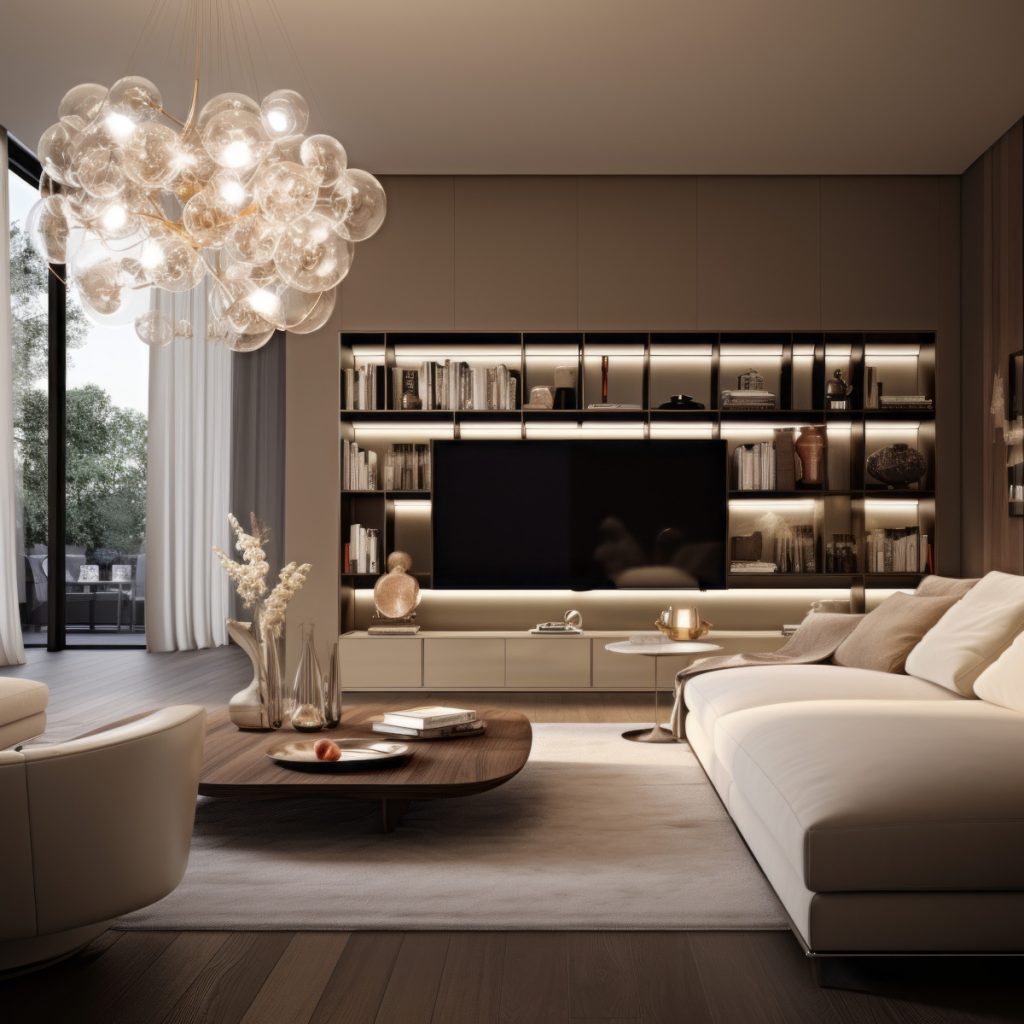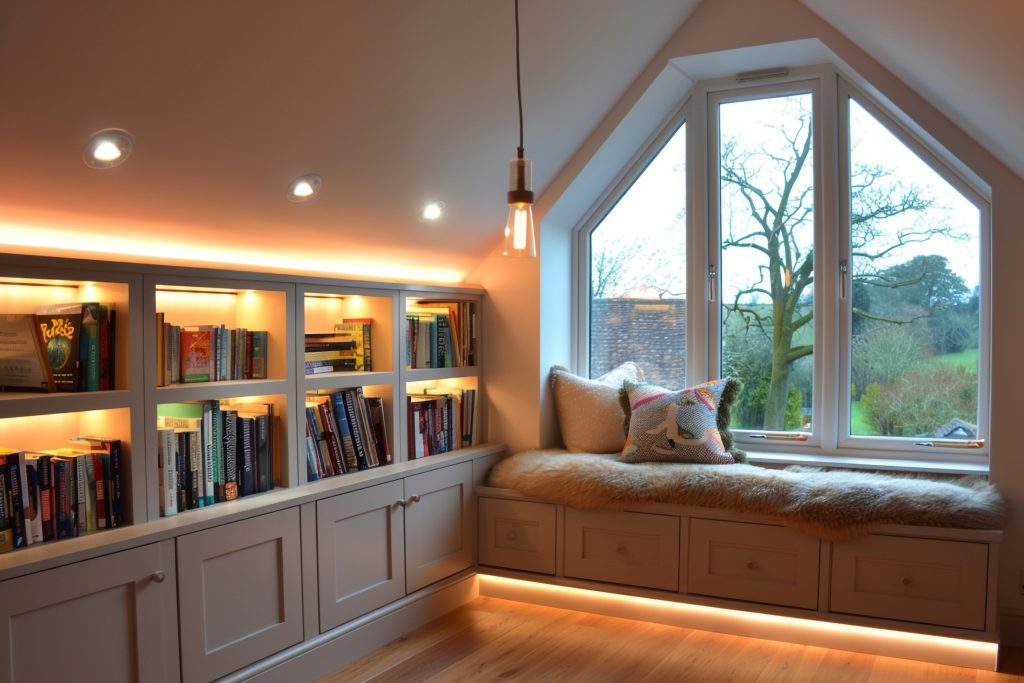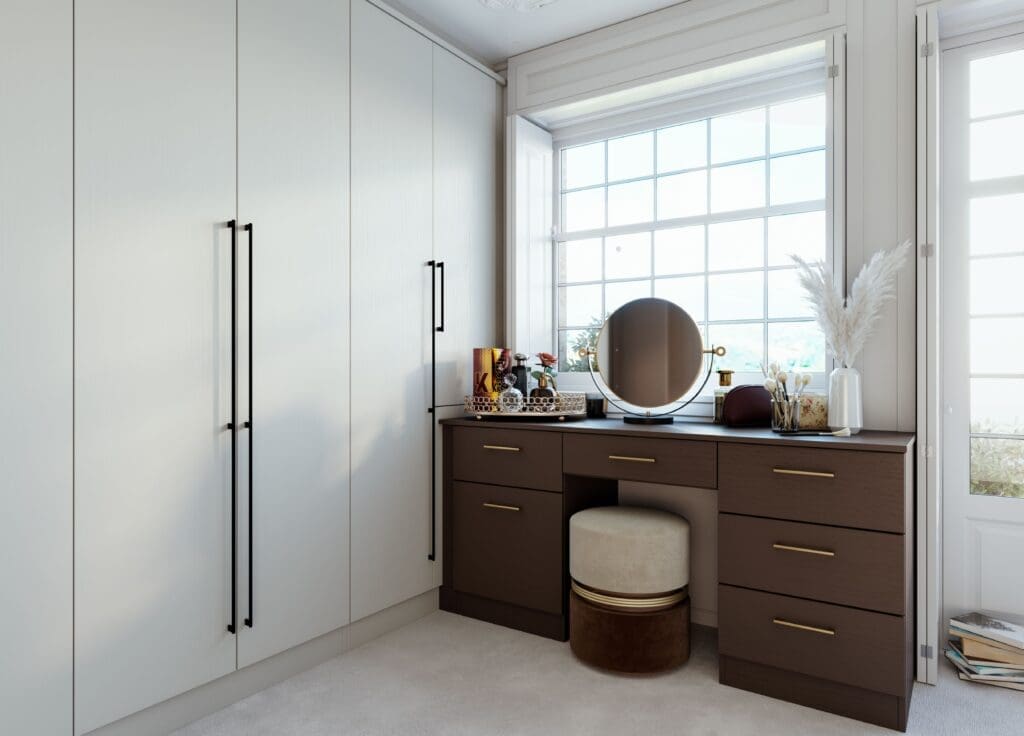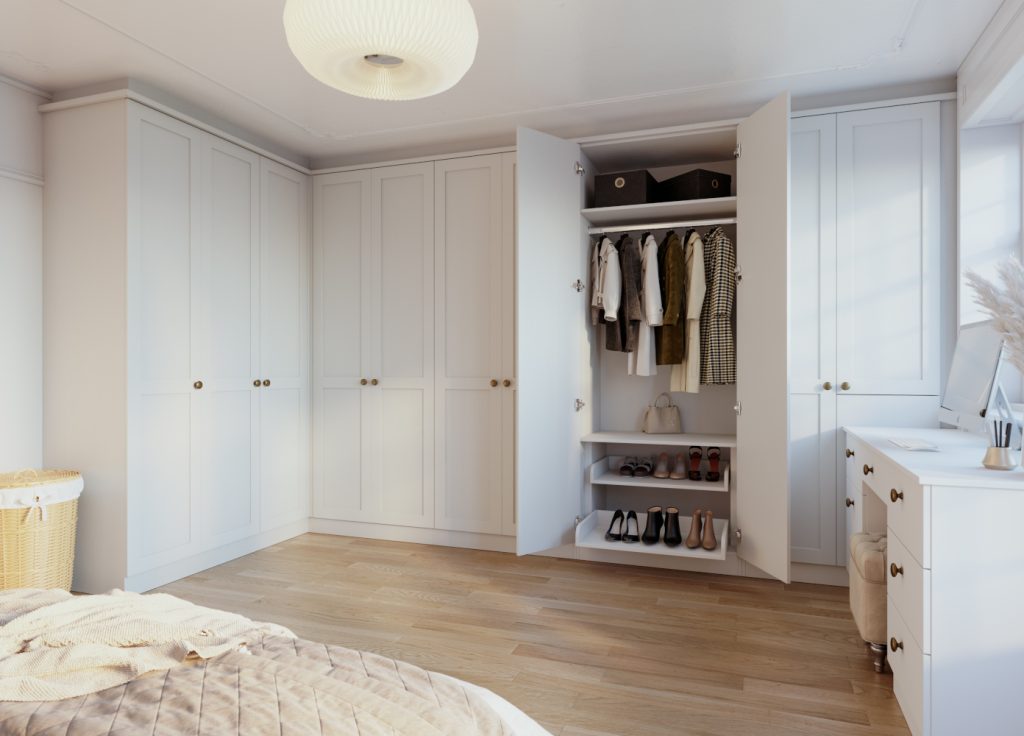How to Arrange Your Wardrobe
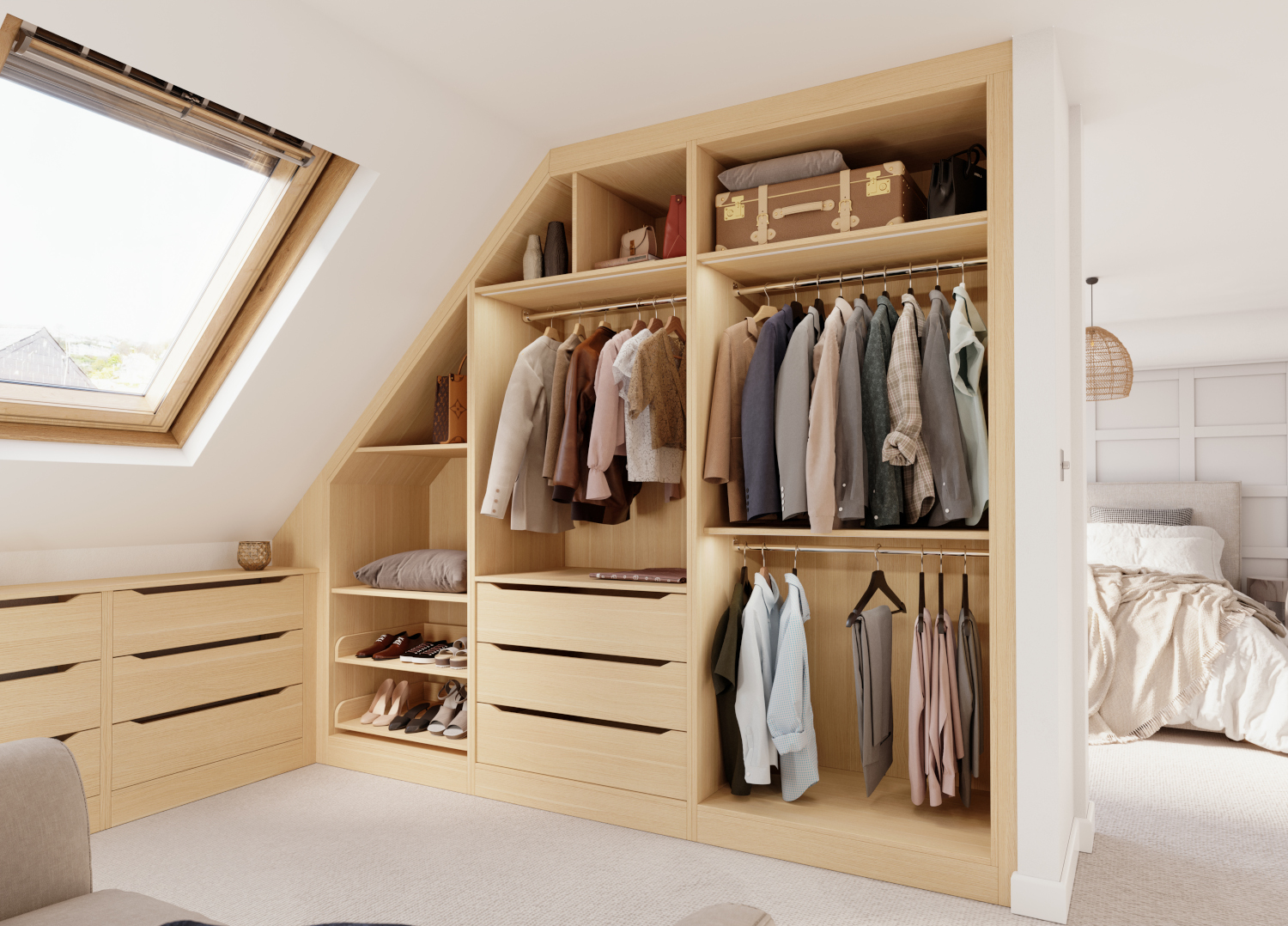
Estimated reading time 6 minutes
An organised wardrobe can be the key to starting your day stress-free. Knowing how to arrange your wardrobe properly can help you to save time, reduce clutter and even help you rediscover some forgotten favourite items.
In this blog, we’ll guide you through effectively arranging your wardrobe step-by-step, to help you transform your clothes storage into a well-ordered and accessible space. From sorting and storage solutions to seasonal rotations and colour coordination, we’ll help ensure your wardrobe works perfectly for you.
Step one: Start with a clear-out
The first step to properly arranging your wardrobe is to clear out all of the clothes that you don’t really wear. A streamlined wardrobe will be much easier to organise and keep organised, and having more room will also help to keep your clothes in good condition, rather than having them bunched up together.
A good rule of thumb is that if you haven’t worn a piece of clothing in the past year, it’s probably time to get rid of it. For a truly thorough edit of your wardrobe, you could try everything on to ensure everything fits and you’re happy with it. If you decide to get rid of it and it’s good quality, you could donate it to charity or resell it. If it’s no longer wearable, look for clothing and fabric recycling points.
Of course, over your clear-out you might find pieces that you haven’t worn in the past year but that you still love. Perhaps certain pieces have ended up at the back of your wardrobe and you’ve forgotten about them. For these, keep them front and centre for your newly arranged wardrobe, so you can enjoy them again.
Step two: Arrange by clothing category
The next step to arranging your wardrobe is to group similar items together, starting with the type of clothing, i.e. tops and bottoms, and the sub-categories, into shirts, t-shirts, trousers, shorts, skirts, and dresses, etc.
Grouping things together in this way will make it much easier to find what you need and put your outfits together.
Step three: Arrange by function
The next step is to arrange your clothing categories by their function. So, you might want to organise each group by where you will wear it, for example work clothes, casual clothes, evening wear. This can help to make getting dressed even more efficient as you’ll know exactly where to find what you need.
You could even go one step further and separate each section with wardrobe rack dividers, which you can label with each group and sub-category. This will save you from having to leaf through all your clothing to find which section you need, as you’ll instantly identify where the clothes you want are.
Step four: Arrange by colour
The next step which can help to arrange your wardrobe further is to organise each group by colour. This can be helpful if you have a specific item in mind, as you’ll be able to go straight to the relevant section in your wardrobe.
It can also be helpful when you’re putting an outfit together. If you already have one item in mind, you’ll instantly be able to find the pieces in the right colour palette to complete your outfit and keep it looking cohesive and well put together.
Step five: Separate seasonal and formal clothing
To further streamline your wardrobe, you should aim to switch out off-season clothing and store it elsewhere. So, in the summer you might want to store your thick jumpers and scarves etc. under the bed, or on the top shelf of your wardrobe. Similarly, in the winter you might want to put your swimwear and shorts elsewhere. This will help to not only store your clothes that you wear regularly, as they’ll have room to breathe, but also help streamline your wardrobe and keep it tidy.
Remember when you store your off-season clothing to ensure they’re protected from dust and kept in good condition. Fold each item carefully and use baskets or bags to protect them. Keep any delicate fabrics away from zippers, buttons or other hardware that might damage them, and use tissue paper between fabrics if needed.
Similarly, you might want to store your more formal, special occasion clothing separate to your everyday wear. Items like suits and formal dresses should be kept in garment bags and hung at the end of the rack away from the rest of your clothing.
Step six: Store clothing correctly
When organising your wardrobe, make sure every item is stored correctly. So, items like cashmere jumpers and thick knits should always be folded and not hung, as hanging them could cause them to stretch. Similarly, denim items, such as jeans, should also be folded and not hung, to avoid stretching.
Button-up shirts, suit trousers, jackets, and most dresses usually fare better when hung, as do linen pieces and flowy fabrics. Make sure to use specific trouser hangers to ensure they’re kept in good condition. Wooden hangers can be great as they’re sturdy, but they’ll take up more space. Narrow velvet hangers can be a good balance between protecting your clothing and saving space in your wardrobe.
Items like t shirts and cotton shorts can be folded or hung, depending on the space you have available.
Step seven: Don’t forget shoe storage
When arranging your wardrobe, you should also ensure you factor in your shoe storage. Use shoe racks to keep your shoes in good condition and prevent them from getting crushed underneath items.
You can use a similar method for organising your shoes as the rest of your clothing, by arranging them by function (e.g. work/everyday/evening wear) and then by colour. For shoes you wear less often but still need, you could store them in their shoe box. This will stop them from getting creased and also help to add another layer of protection against humidity and moisture.
Keep your wardrobe organised with a bespoke solution from Kingswood at Home
Kingswood at Home designs, builds and installs made-to-measure storage tailored to your home. Handcrafted in the UK using only the finest materials and finishes, we’ll create storage that suits your lifestyle. From fitted bedroom wardrobes to bespoke walk-in wardrobes, we’ll maximise the storage space in your home with smart and luxurious solutions.
Contact us for more information or book your consultation with our design team for a free, no-obligation chat.
We offer a complimentary design visit in your home.
If you would like to get in touch with us about a project, please email us or call us on 0800 470 1112.
